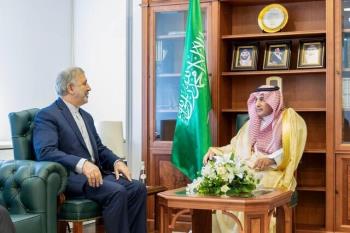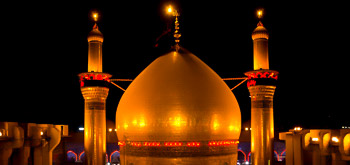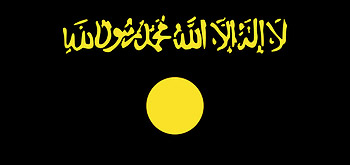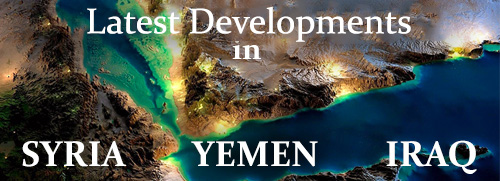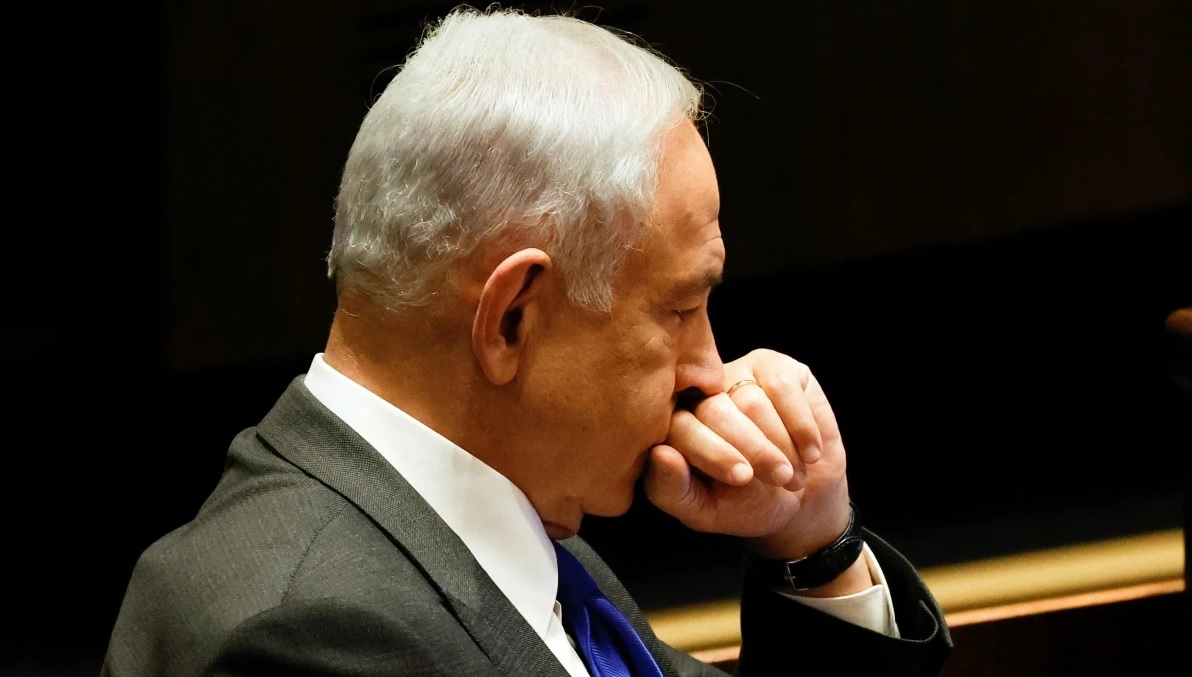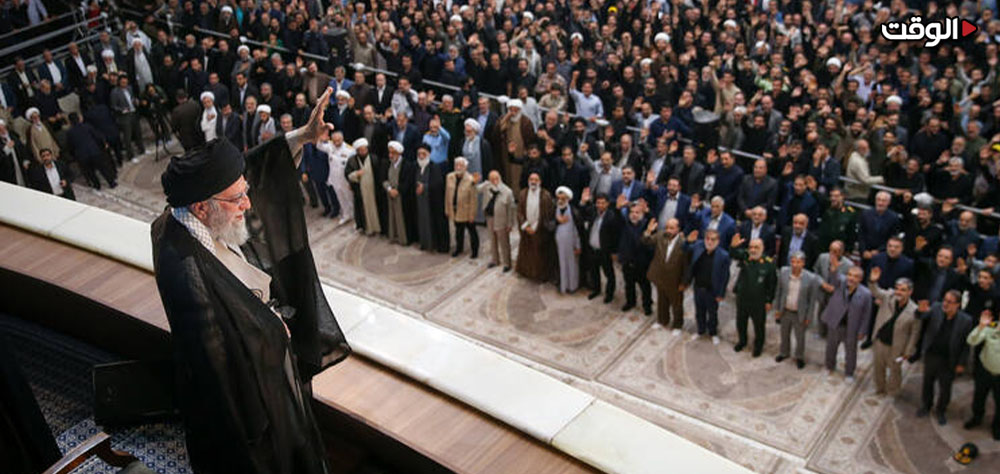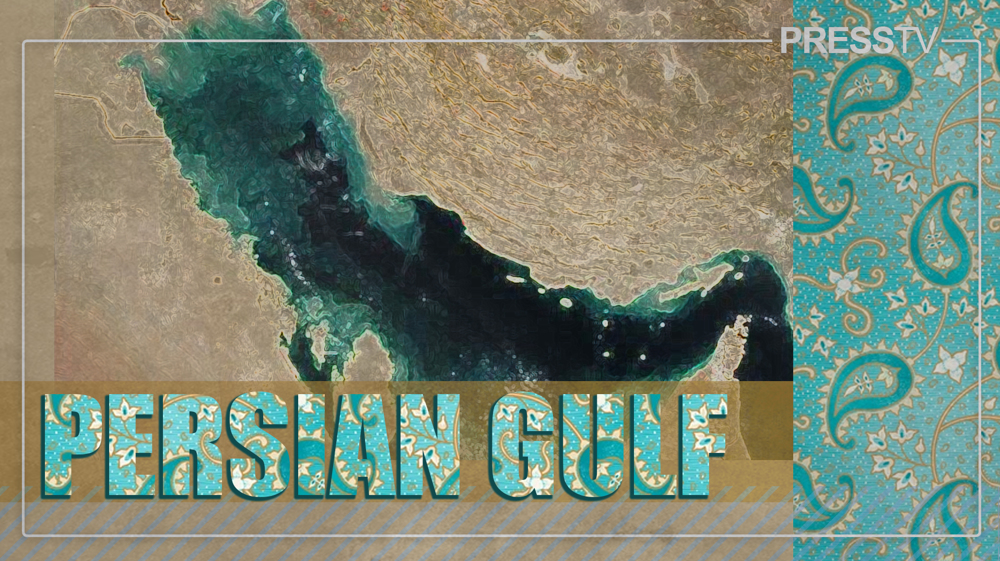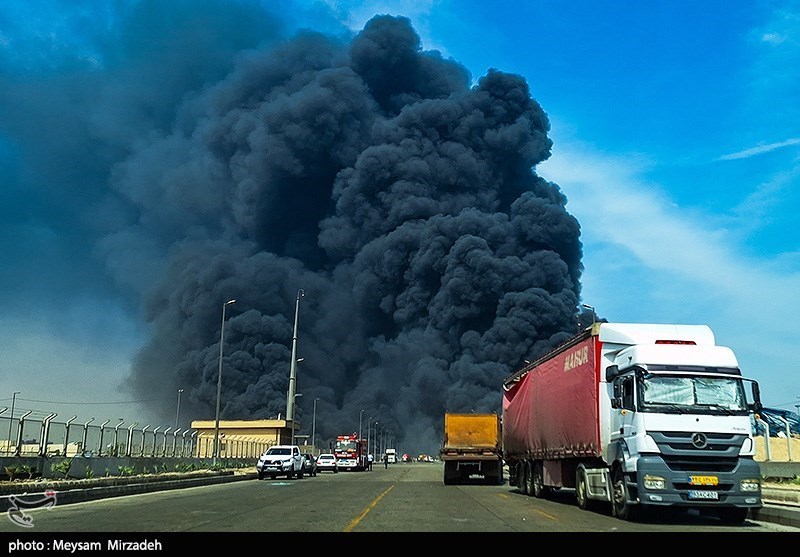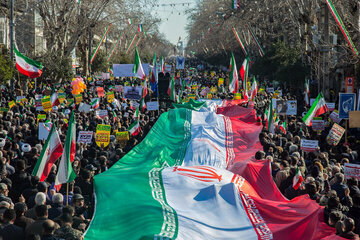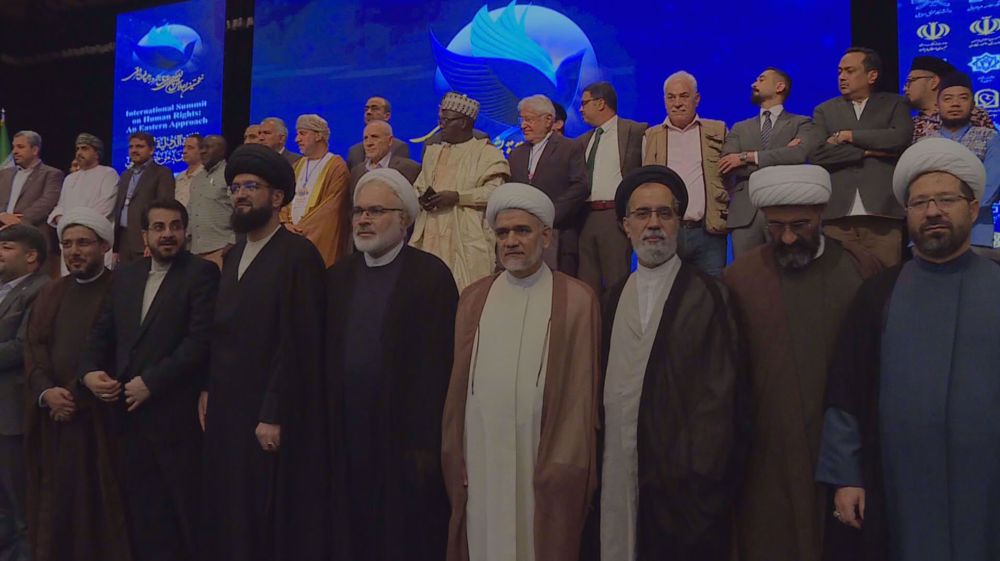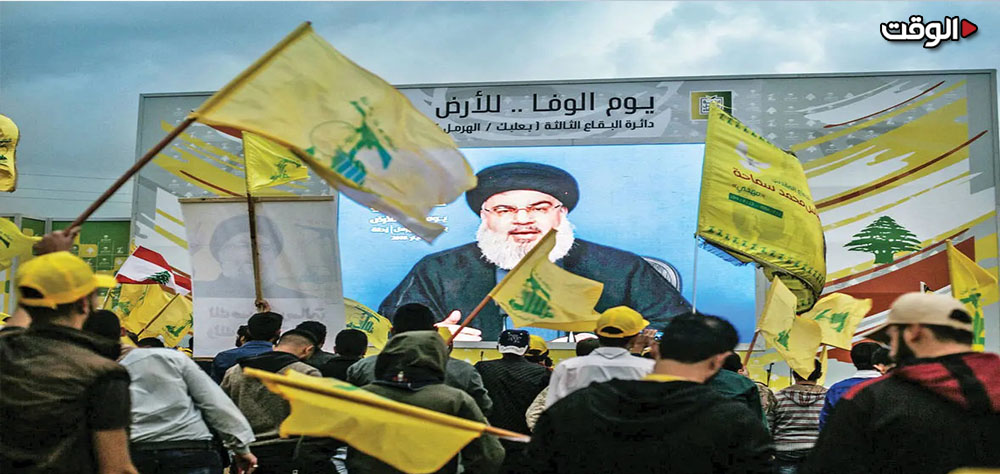Alwaght- On the eve of the third year of Gaza war, the Israeli Prime Minister Benjamin Netanyahu has eventually under pressure accepted a plan presented by the US President Donald to end the war. The plan, unveiled last week and conditionally approved by Hamas resistance movement on Friday, not only calls for end of the genocidal war but also asks for a prisoner swap.
This is the second plan proposed by Trump for Gaza war end and has a significant difference with the first one. Under the first plan, Trump highlighted forced displacement of the Palestinians and full takeover of Gaza by the US, but in the second one, the US president has conspicuously walked back from his earlier demands. He now accepts stay of Gazans in the strip after the war, return of Palestinians to Gaza, and participation of the Palestinians in reconstruction of the largely ravaged coastal enclave.
Meanwhile, Trump's proposal demands that Hamas disarm and accept the administration of Gaza by a panel he would appoint. In its response, Hamas has refused to agree to these terms, instead calling for further negotiations. Nevertheless, Trump— eager to burnish his legacy with a Nobel Peace Prize—is pushing for a swift end to the war and has agreed to negotiate with Hamas over both the ceasefire and the contentious terms of his plan.
Netanyahu perplexed by Hamas's response
Hamas’s conditional green light to the ceasefire had thrown the ball in the Israeli court. While Netanyahu last week claimed to the press that Trump's plan will push Hamas to the sidelines, now the resistance movement's well-calculated response has pushed the eyes to the next move by Netanyahu mainly because with this form of Hamas's answer, now the pressure is on the Israeli PM and all are expecting to see the next move of Tel Aviv.
Netanyahu spent the past week vigorously acting in order for Hamas to reject Trump's plan, aiming to lay the groundwork for further Israeli assaults on the strip. However, Hamas's conditional response has now upended his strategy for escalating pressure on the enclave.
In effect, Hamas's answer has created significant new obstacles for Netanyahu, complicating his efforts to prolong the war and pursue the occupation of the besieged territory.
Double pressure on Netanyahu
From another aspect, Hamas’s response to the Trump's plan has put Netanyahu under a double pressure. Many in Israel are demanding the PM to accept the ceasefire. Last night, 200,000 Israeli rallied in downtown Tel Aviv calling for end of war and return of the prisoners. However, Netanyahu has serious obstacles inside his cabinet accepting the deal.
Far-right ministers of the cabinet, Itamar Ben-Gvir and Bezalel Smotrich, have threatened to sink the coalition with their walkout if he accepts a ceasefire and withdraws from Gaza. Their departure would likely collapse the government and could end Netanyahu's political career.
Netanyahu, already facing multiple corruption trials, would find it extremely difficult to form a new government. Recent polls, including one by Haaretz, show his approval rating has fallen below 50 percent in the occupied territories. If his government falls due to a revolt by its hardliners, a political comeback for Netanyahu is considered highly unlikely.
Evading the pressures
The growing public pressure on Netanyahu to accept the deal while the cabinet hardliners press him to do otherwise has pushed the PM to follow the ceasefire plan conditionally. The state-funded Kan news network reported on Saturday that Netanyahu intends to maintain long-term military presence on Gaza in three strategic locations inside and around Gaza even after the prisoner deal and two-stage withdrawal are concluded. Citing anonymous resources, Kan reported that Israeli officials briefed the US on their post-war plan that will include maintaining positions in a buffer zone inside Gaza borders, though depth and size are yet to be determined.
Israeli forces are aiming to maintain control of two strategic locations even after a potential Gaza ceasefire: the Philadelphi Corridor along the border with Egypt and the Tel Al-Muntar Hill in east of Shuja'iyya neighborhood.
The 70-meter high Tel Al-Muntar Hill provides Israeli troops with a vantage point and the ability to fire on large areas of northern Gaza, including Gaza City and the Jabalia refugee camp. Israeli officials describe these positions as "critical" for preserving their operational superiority and surveillance capabilities.
Also, holding the Philadelphi Corridor on the Egyptian border would allow Israel to regulate all movement and supplies flowing from Egypt into Gaza. Such a move, however, would directly breach the Camp David Accords, which designated the Rafah border zone as a demilitarized area.
However, it seems that Netanyahu is resolved to keep key points in Gaza even under a deal with Hamas both to appease hawkish members in his cabinet and at the same time assuage the home public pressure. However, given the Palestinian resistance's firm stance that any ceasefire must include a full Israeli military withdrawal from Gaza, Netanyahu's push to maintain the strategic positions inside Gaza appears to be an attempt to kill the truce deal, and Palestinian factions are highly unlikely to approve of these Israeli terms.


